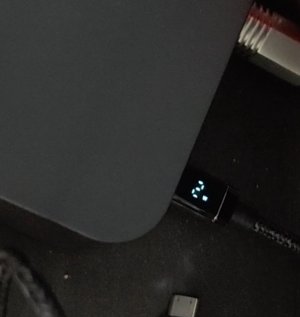a big erratum on my part...
if I pointed out in my use a fairly low consumption even with a "plus", it was just on a low resolution radio stream...but if in fact the consumption skyrockets with the resolution...
my point and the use of a simple 1A even with a "plus" becomes obsolete..
but above all invites a big precaution that I have not read it seems to me...
it is during the "subjective" tests, to clearly specify the type of resolution, see to heavily demand, at maximum, the power supply, as a precaution, only use music files that are at high resolution.....
"stress test"
sorry
;-)
if I pointed out in my use a fairly low consumption even with a "plus", it was just on a low resolution radio stream...but if in fact the consumption skyrockets with the resolution...
my point and the use of a simple 1A even with a "plus" becomes obsolete..
but above all invites a big precaution that I have not read it seems to me...
it is during the "subjective" tests, to clearly specify the type of resolution, see to heavily demand, at maximum, the power supply, as a precaution, only use music files that are at high resolution.....
"stress test"
sorry
;-)


